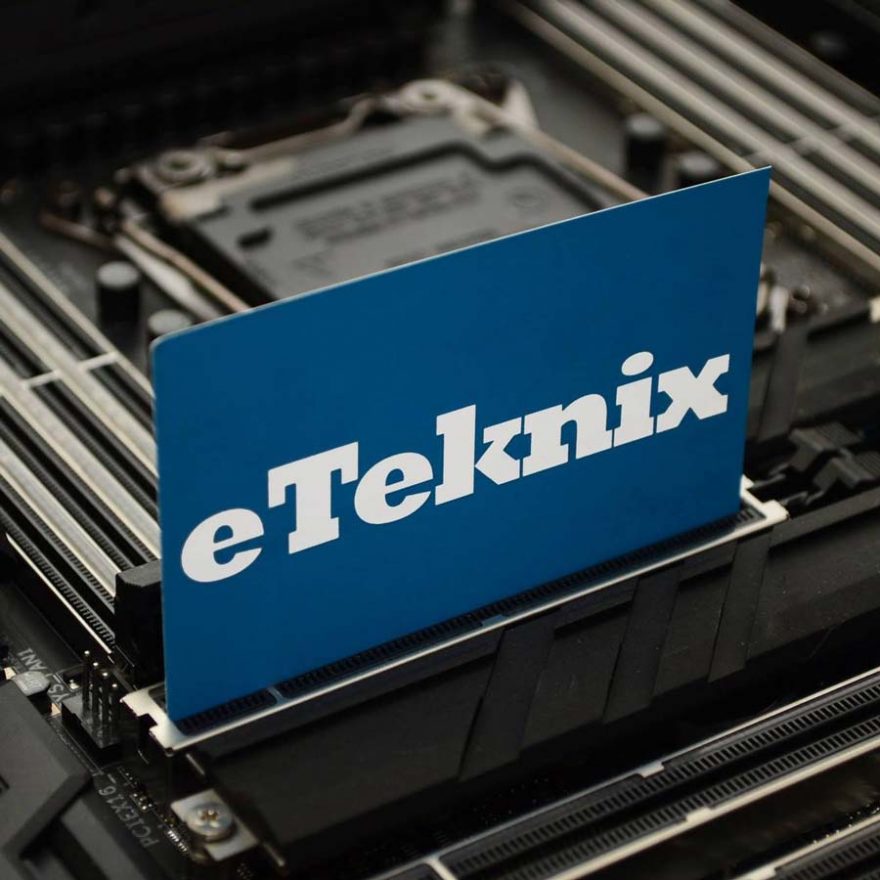ASUS ROG Strix X870-I Gaming WIFI Motherboard Review
Peter Donnell / 3 months ago
VRM Analysis

The STRIX X870-I Gaming WIFI is the only board from ASUS that features a 10-layer PCB, compared to the typical 8-layer that we’d see on ATX-sized motherboards. This is done for a few reasons, with one of the main points being space constraints.
ITX boards are significantly smaller, so they have less surface area for routing power, signals, and ground planes. A higher number of layers helps accommodate more traces and connections within a smaller footprint, reducing congestion and signal interference.
Also, ITX boards, especially high-performance ones, need efficient power delivery systems due to their limited space. Extra PCB layers allow for better distribution of power, separating power and ground planes, which is important for maintaining stability under heavy loads.
With more layers, ITX motherboards can also better manage high-speed signals like PCIe, memory, and USB and additional layers allow for improved signal integrity by dedicating specific layers for high-speed data routing and providing better electromagnetic shielding.
The added layers also help to distribute heat more effectively, which is important in small form factor boards where airflow is somewhat limited. This aids in keeping components cool even in compact cases with restricted cooling.
Also, due to the smaller size, we typically see smaller phase counts, though the X870-I still manages to pack a punch with a 10+2+1 design that utilises Vishay SiC850A 110A Smart power stages or SPS phases. There isn’t a ton of information out there on these power stages, but they have been used before on some of ASUS’ X670E boards, like the Crosshair Hero for instance.
The bulk of the phases are controlled by the Infineon ASP2205 PWM controller. Again, a part that ASUS have utilised before, along with a Richtek RT3672EE synchronous buck controller for the single miscellaneous phase, and this is actually a common trend that we found across most of the X870 and X870E boards that we tested utilising the same controller because it fully meets AMD’s SVI3 requirements.



















